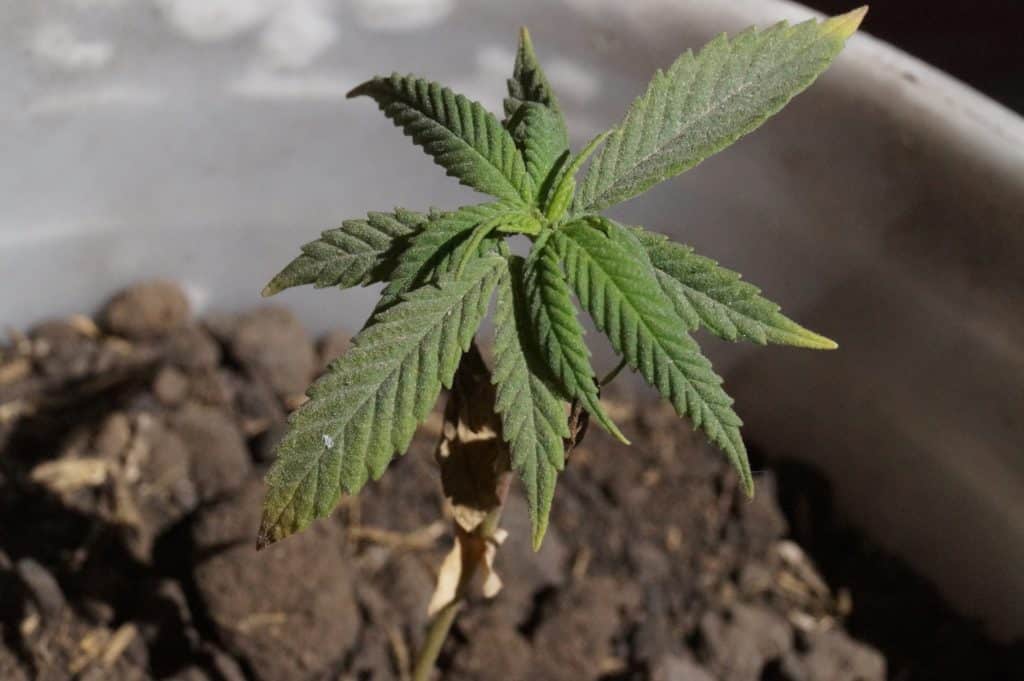
What is the Difference Between Indica and Sativa?
Cannabis, greek for kánnabis is an adaptation of the ancient Scythian name for hemp: a hazy word with a hazy history:
According to the most recent research it is believed that the cannabis plant originated in central Asia sometime towards the end of the ice age. From here it proliferated across the wilderness and out into the wide open world. Once the seeds made their way across the Himalayan Mountains they encountered their first great divide. The vast rocky peaks ostensibly separated hemp crops into two distinctly different climates, thus allowing natural selection to create two very distinctive species.
Beyond the obvious evolutionary adaptations, human interaction played a significant role in the genetic story of Cannabis. In Eastern Europe and Western Asia, where there was a scarcity of durable plant material for things like basket weaving and rope making, cannabis was cultivated and grown for It’s seed oil and hemp fiber. In contrast, cultures across the Southern and Eastern reaches of Asia who had an abundance of durable building materials on hand learned to cultivate cannabis for it’s psychoactive and medicinal qualities.
But, here is the funny thing:
Cannabis was just a catch all word for a vascular flowering hemp plant and it seemed to grow all over the place. It was some time before we began to note a difference from species to species and when we finally did it was for reasons you might not suspect;
Indica and Sativa:
What is Sativa?
Sativa is Latin for “cultivated” and was first meant to describe any narrow-leafleted, low THC plant cultivated for hemp fiber or seeds.
What is Indica?
Indica is believed to have developed in India (hence the name) and was mainly cultivated for its sedative pain relieving quality. Originally, Cannabis Indica was meant to describe any variety of cannabis cultivated for its drug content regardless of what it looked like or where it was grown.
Cannabis Ruderalis
Cannabis Ruderalis is the least used species of cannabis and is either the ancestor, or a hybrid of an ancient ancestor crossed with some newer, volunteer cultivars. The word Ruderalis is based on the Latin Rudera, for “rubble” or “lump”. Ruderalis is a ‘weedy’ variety that likes to grow in heavily disturbed soils.
Fortunately for us, we are from the future.
And research is helping to paint a much clearer picture of how the cannabis species evolved. A new system of taxonomy proposed by Robert C. Clarke and Mark D. Merlin employs archaeological findings, historical accounts, and DNA sequencing to tell a very compelling story. Even so, it’s unlikely that we’ll be rewriting the history books anytime soon. The Cannabis industry has come so far so fast that it would be complete and utter chaos to change the narrative in such a fundamental way.
Here is What we Agree on as a Rule of Thumb:
Although we can’t speak to genetic history with 100% certainty, we have a pretty good idea of the characteristics that make cannabis varieties unique to their climate. This is the idea behind ‘landrace strains’ which are considered to be the closest approximation of ancestral cannabis native to a specific region. The popular Durbian Poision sativa strain is an example of a landrace strain that is considered to be a pure genetic representation of the original cannabis plants that began to propagate along the port of Durban Africa. This genetic purity allows us to better understand the differences between the three cannabis species. Today we classify cannabis by lineage but we define each species by a specific set of characteristics:
Cannabis Sativa
Cannabis Sativa is now believed to have originated in the warmer equatorial regions of Thailand, southern India, Jamaica, and Mexico. It’s long and scraggly with thin finger like fan leaves.
Cannabis Indica
Cannabis Indica originates in the dryer climates of Central and Southern Asia, Afghanistan, Pakistan and India. It likes to grow broad, wide fan leaves and keep low and squat to the ground to protect itself from the cold mountain nights.
Cannabis Ruderalis
This species doesn’t grow reliably potent flowers and sort of gets the redheaded stepchild treatment if that’s a thing for plants. There’s not a whole lot of research out there about it, but it is Cannabis all the same.
We Use Landrace Strains as Building Blocks
Almost all cannabis flowers on dispensary shelves today are a hybrid of Sativa and Indica varieties. Cannabis cultivators are able to cross-breed two separate plants with distinct characteristics to lock in specific genetic traits thus creating a completely new ‘strain’. Generally speaking, that plant will snag a word from each parents name (Hendu or Afgani Kush for example). This is why we have so many unique strain names on the market today. However, we can not use strain names, or the terms Indica and Sativa to determine any sort of effect. These words simply advise as to where the plant may have origionated, it’s physical appearence, and it’s assumed liniage.
Summation: Everything we thought we knew about cannabis classification is false.
Although cannabis has been around for centuries we are just now beginning to understand this amazing medicine and where it came from. While using terms like Indica and Sativa to describe a particular strain may not be historically or scientifically accurate it’s what we’ve been doing for generations and it’s unlikely to change anytime soon.
But, it does inspire a curiosity and a conversation around cannabis in its most sincere botanical form and I could not ask for more.




